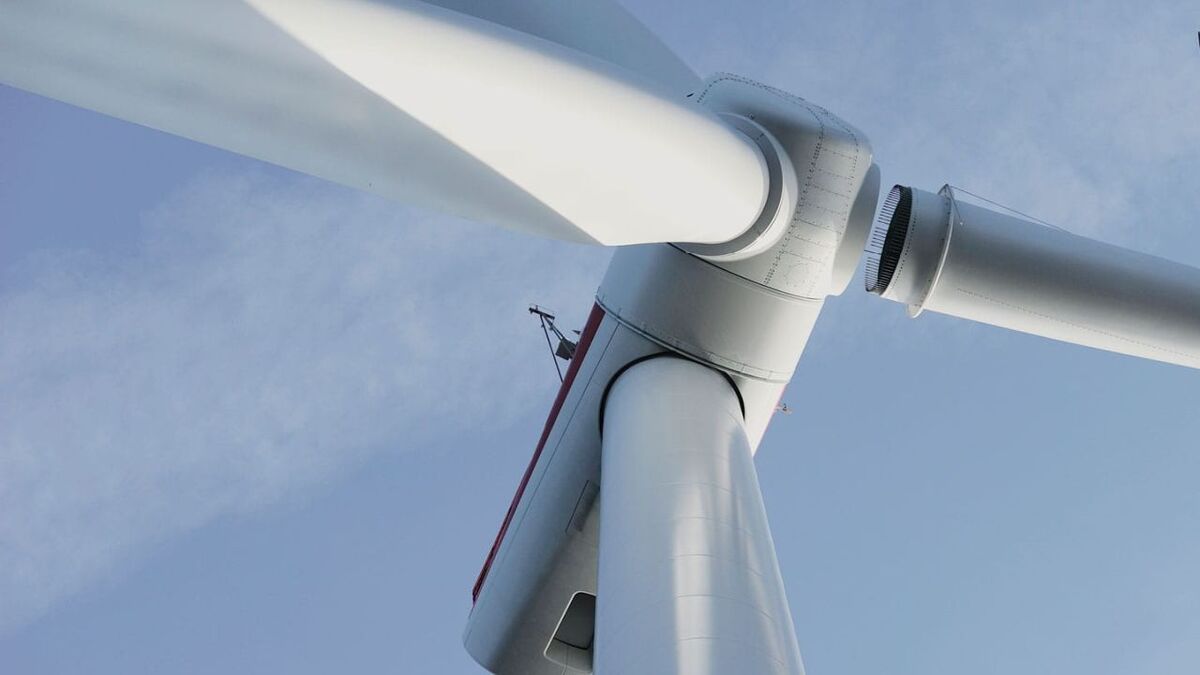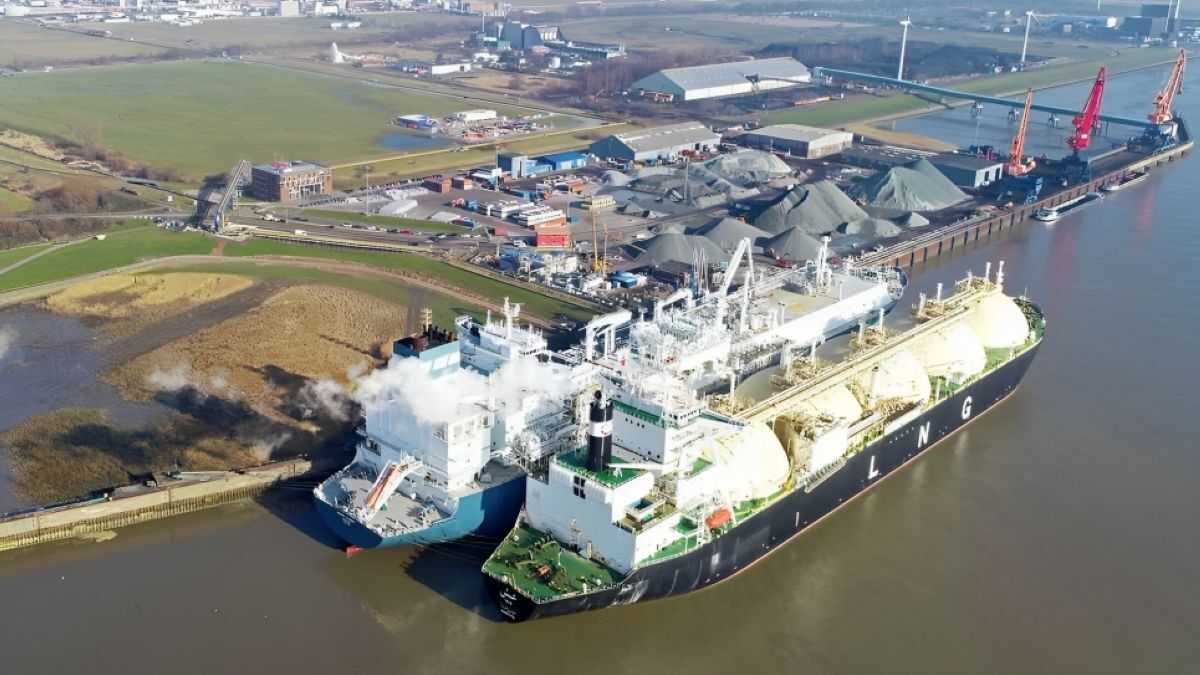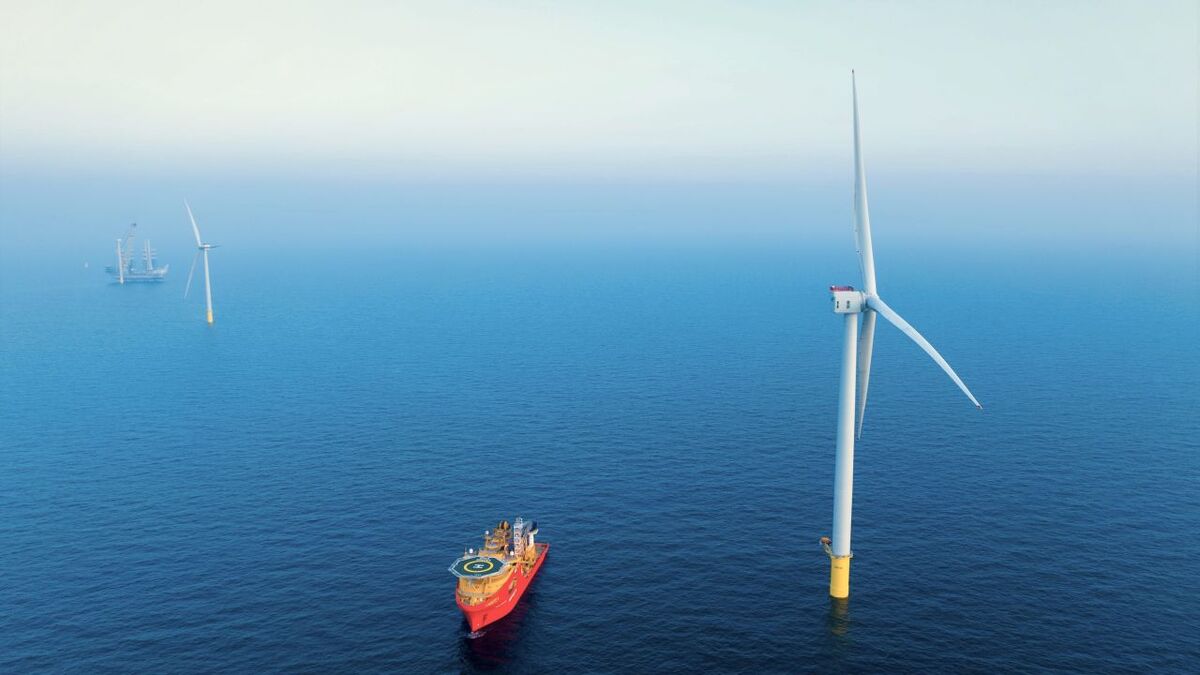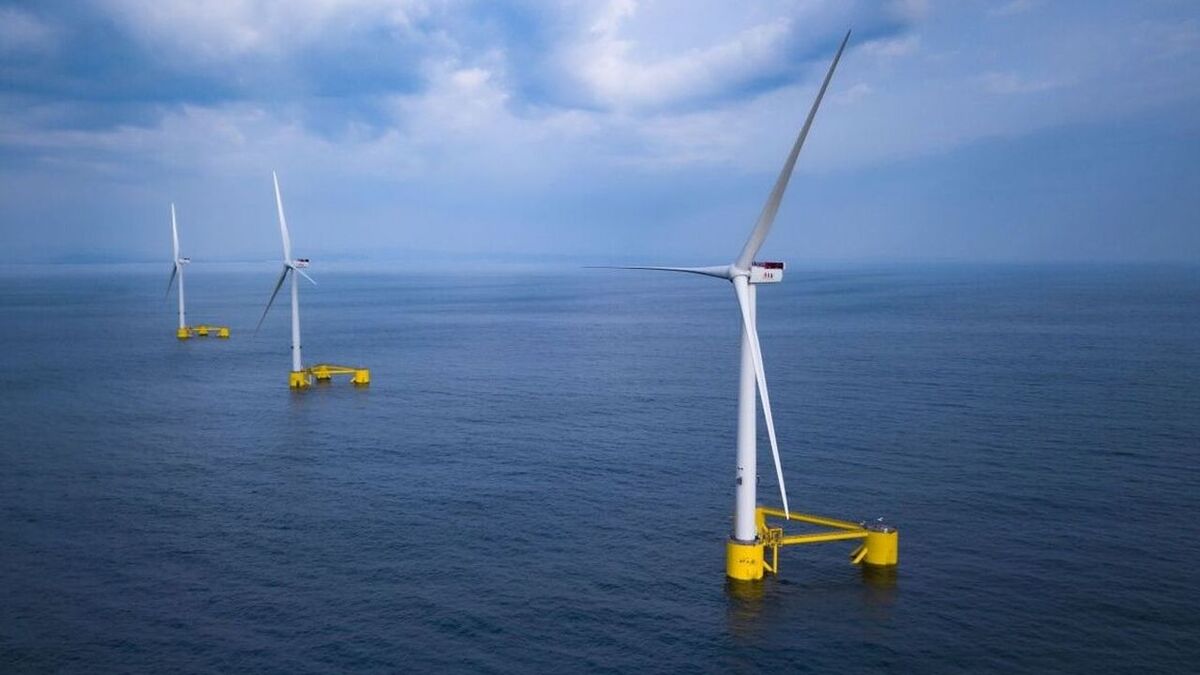Business Sectors
Events
Contents
Register to read more articles.
World-first amphibious crew transfer vessel to make its debut at RWE windfarm
Wind energy developer RWE is to charter what will be the world’s first amphibious vessel for use at an offshore windfarm
The unique crew transfer vessel (CTV) has been designed to reach wind turbines at RWE’s Scroby Sands offshore windfarm that have become stranded by the natural rising tide on the sandbank on which the windfarm is built.
The fully seaworthy vessel, which can also drive on land, will be operated by Commercial Rib Charters (CRC), and will provide a unique access solution for some of the industry’s first-generation assets, which are affected by very dynamic seabed conditions.
The bespoke solution was jointly developed by RWE’s operations team, its technology and innovation team and CRC, who contracted naval architect Chartwell Marine to carry out the design to the specifications requested.
The vessel is now under construction and is being built by Isle of Wight, UK-based boatbuilder Diverse Marine. It will be operated for RWE by CRC via a six-year contract.
CRC director Stuart Hedges said his company signed a contract with Diverse Marine in December 2021 and expects the vessel to be operational at Scroby in September 2022.
The vessel is to be named CRC Walrus in honour of RJ Mitchells’ classic 1930’s Supermarine amphibious biplane. It has two wheels at the front and one at the back and is capable of transferring 10 technicians and two crew to any of the turbines at Scroby Sands, including on the raised sandbank. CRC Walrus is a 12-m, type-approved CTV with a 1,000-kg deck cargo capacity.
The 60-MW Scroby Sands windfarm was one of the first of a group of projects to be built in the UK, all in coastal locations with shallow waters close to shore. It was built on a sandbank and, because of natural changes in the marine environment and coastal erosion, this has risen over time effectively isolating four turbines from being accessed by conventional vessels.
Sign up now for the Offshore Energy Webinar Week, 22-30 March 2022
Related to this Story
Events
Maritime Environmental Protection Webinar Week
Cyber & Vessel Security Webinar Week
The illusion of safety: what we're getting wrong about crews, tech, and fatigue
Responsible Ship Recycling Forum 2025
© 2024 Riviera Maritime Media Ltd.














